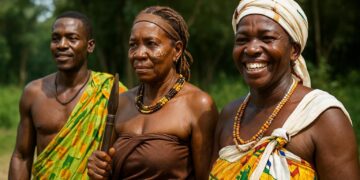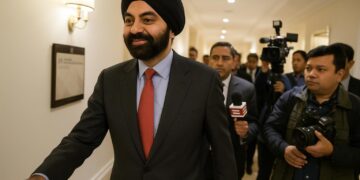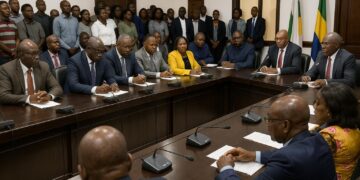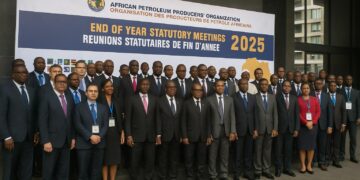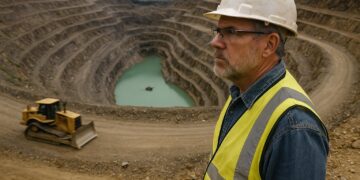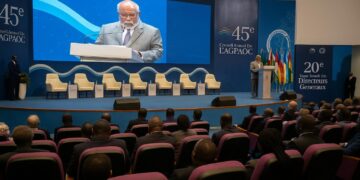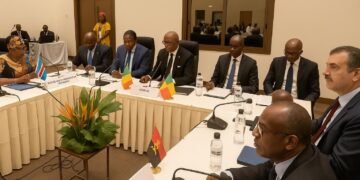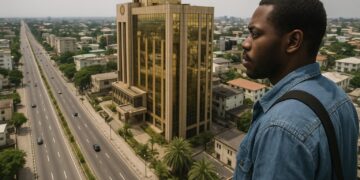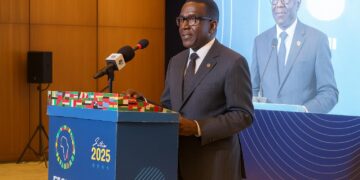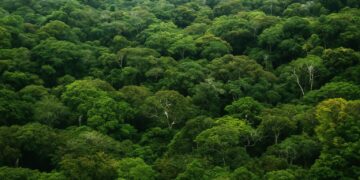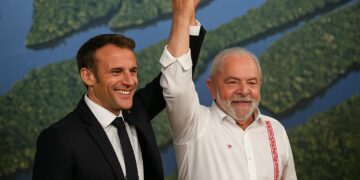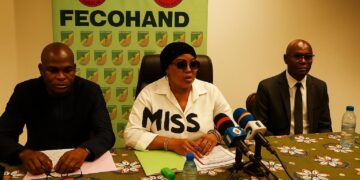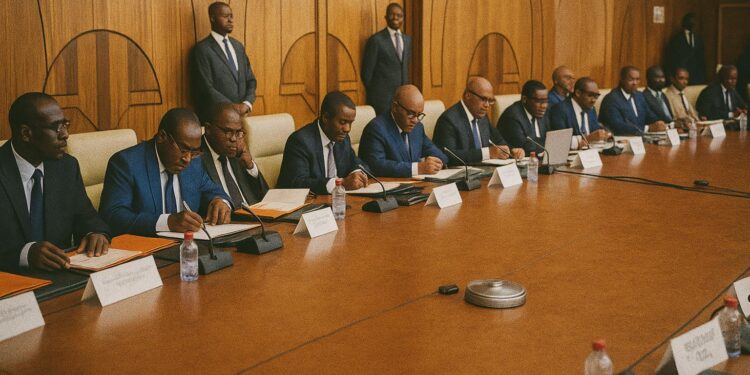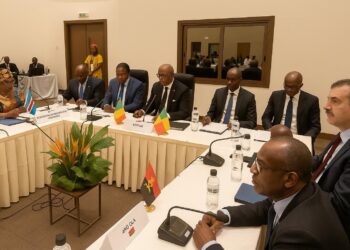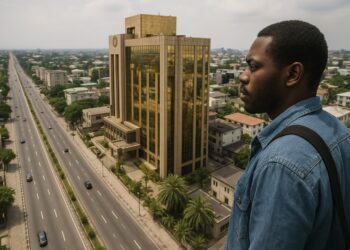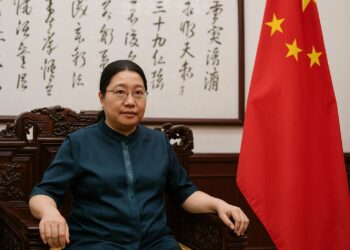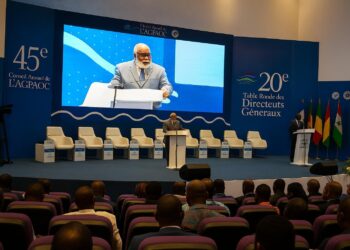Macro Indicators Signal Careful Recovery
The National Economic and Financial Committee, convening in Brazzaville on 14 July 2025, offered diplomats and investors alike a cautiously encouraging tableau of the republic’s first-quarter performance. Chairing the session, Finance Minister Christian Yoka underscored a rare convergence of fiscal surplus and expanding money supply, developments that had eluded the economy during the pandemic trough. Preliminary estimates from the Bank of Central African States place real GDP growth at 1.8 percent for 2025, a modest improvement on last year’s 1.5 percent yet still below the 3 percent threshold often cited by the IMF as necessary to dent poverty (IMF, 2024). The Comité’s communique refrained from triumphalism, arguing instead for what it termed “optimisme modéré”, a phrase resonant in a polity keenly aware of commodity volatility.
Hydrocarbon Investment and Non-Oil Dynamism
Behind the incremental acceleration lies a dual engine. First, multiyear investment programmes by several international operators, including the Italian major ENI and Franco-British Perenco, have stabilised oil output at roughly 270,000 barrels per day, cushioning fiscal revenue even as global benchmarks oscillate. Second, agriculture, construction and telecommunications have registered positive albeit uneven momentum, reflecting government efforts to diversify the growth base through targeted tax incentives and public-private partnerships. The African Development Bank notes that agricultural value added expanded by 2.4 percent in 2024 on the back of cassava and banana yields (AfDB, 2025), a trend the Ministry of Planning aims to consolidate through logistical corridors toward Pointe-Noire.
Price Pressures and Monetary Nuance
The brighter growth outlook coexists with nascent inflationary tension. Average consumer prices are projected to climb to 3.5 percent in 2025, edging beyond the CEMAC convergence ceiling of 3 percent. Committee members attribute the drift chiefly to higher landed costs for imported staples and episodic disruptions in electricity generation linked to drought conditions at the Liouesso hydroelectric dam. While the BEAC’s Monetary Policy Committee has so far maintained its key rate at 5 percent, several regional economists caution that a prolonged surge could erode real incomes and complicate debt-service ratios. For the moment, the pass-through appears contained, owing in part to administered fuel prices and targeted food subsidies that the government renewed in the supplementary budget adopted in June.
Bank Credit Trends and Treasury Market Health
Domestic financial intermediation continues to deepen, albeit from a low base by international standards. Commercial bank lending advanced by 3.3 percent year-on-year to reach 1.647 trillion CFA francs on 31 March 2025, while non-performing loans receded to 274.2 billion CFA francs, a 1.3 percent decline signaling tentative progress in risk management. The Treasury securities market presents a parallel narrative. Financing needs expressed by the sovereign contracted by 22.37 percent relative to the same period in 2024, yet the outstanding stock still climbed to 2.528 trillion CFA francs, reflecting a conscious strategy to lengthen maturities and nurture a benchmark yield curve. Yoka welcomed the formalisation of a consultative framework with primary dealers, arguing that predictable issuance schedules will narrow bid-ask spreads and attract a broader investor base.
Regional Cooperation Bolsters Fiscal Sustainability
Congo-Brazzaville’s domestic agenda increasingly intertwines with regional commitments under the CEMAC. At the Libreville conclave in June, finance chiefs endorsed a blueprint centred on digitalising revenue collection, rationalising tax expenditures and accelerating the Treasury Single Account. Such measures are designed to lift the region’s average tax-to-GDP ratio, presently below 12 percent, toward the African median of 16 percent (ATAF, 2024). By aligning with these objectives, Brazzaville enhances its prospects for further IMF support under the Extended Credit Facility and reassures Eurobond holders monitoring fiscal anchors. Yoka reiterated that the reforms aim not merely at meeting conditionality but at fostering “robust and inclusive” growth capable of translating macro gains into social dividends.
Balancing Optimism with Structural Reforms
Signals emanating from the CNEF meeting paint neither an unalloyed success story nor a tale of stagnation. Rather, they suggest an inflection point where calibrated policy stewardship can consolidate a fragile rebound. To that end, sustained investment in electricity infrastructure, land-title reform to unlock agricultural credit and continued vigilance over contingent liabilities remain pivotal. The macro-fiscal gains recorded in early 2025 are tangible yet reversible; their durability will hinge on the state’s capacity to institutionalise transparency and widen the tax base without stifling the informal sector’s transition toward formality. For now, international partners appear cautiously supportive, and domestic stakeholders exhibit a guarded confidence befitting an economy that has weathered cyclical storms. The dawn that ministers perceive is real, if faint, and its full illumination will depend on the rigor with which announced reforms are executed in the quarters ahead.

